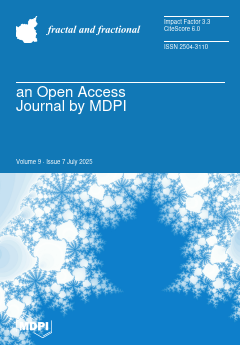The investigation of the pore structure and fractal characteristics of coal-bearing shale is critical for unraveling reservoir heterogeneity, storage-seepage capacity, and gas occurrence mechanisms. In this study, 12 representative Upper Paleozoic coal-bearing shale samples from the Yangquan Block of the Qinshui Basin were
[...] Read more.
The investigation of the pore structure and fractal characteristics of coal-bearing shale is critical for unraveling reservoir heterogeneity, storage-seepage capacity, and gas occurrence mechanisms. In this study, 12 representative Upper Paleozoic coal-bearing shale samples from the Yangquan Block of the Qinshui Basin were systematically analyzed through field emission scanning electron microscopy (FE-SEM), high-pressure mercury intrusion, and gas adsorption experiments to characterize pore structures and calculate multi-scale fractal dimensions (
D1–
D5). Key findings reveal that reservoir pores are predominantly composed of macropores generated by brittle fracturing and interlayer pores within clay minerals, with residual organic pores exhibiting low proportions. Macropores dominate the total pore volume, while mesopores primarily contribute to the specific surface area. Fractal dimension
D1 shows a significant positive correlation with clay mineral content, highlighting the role of diagenetic modification in enhancing the complexity of interlayer pores.
D2 is strongly correlated with the quartz content, indicating that brittle fracturing serves as a key driver of macropore network complexity. Fractal dimensions
D3–
D5 further unveil the synergistic control of tectonic activity and dissolution on the spatial distribution of pore-fracture systems. Notably, during the overmature stage, the collapse of organic pores suppresses mesopore complexity, whereas inorganic diagenetic processes (e.g., quartz cementation and tectonic fracturing) significantly amplify the heterogeneity of macropores and fractures. These findings provide multi-scale fractal theoretical insights for evaluating coal-bearing shale gas reservoirs and offer actionable recommendations for optimizing the exploration and development of Upper Paleozoic coal-bearing shale gas resources in the Yangquan Block of the Qinshui Basin.
Full article





